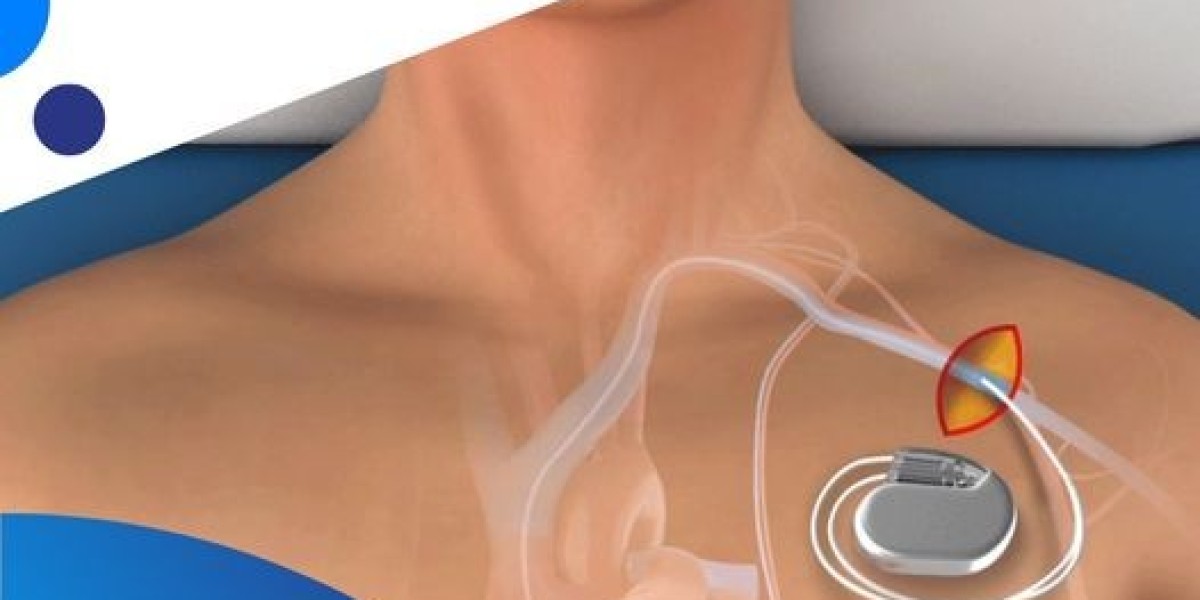Remote Cardiac Monitoring
Remote cardiac monitoring refers to the use of advanced technology to monitor a patient's heart activity remotely. This breakthrough in healthcare allows physicians to monitor a patient's cardiac health without requiring them to be physically present in a healthcare facility. Monitoring devices are typically connected to the patient's body and transmit real-time data to healthcare professionals, providing valuable insights into the patient's condition.
Healthcare Revolution
Remote cardiac monitoring is revolutionizing the healthcare industry by significantly improving patient care and outcomes. With this technology, patients can receive continuous cardiac monitoring without the need for frequent hospital visits or stays. Here are the key ways in which remote cardiac monitoring is transforming healthcare:
Early Detection and Intervention
Remote cardiac monitoring enables early detection of cardiac abnormalities or irregularities. By continuously monitoring a patient's heart activity, healthcare professionals can detect warning signs and intervene promptly to prevent life-threatening situations. This proactive approach allows for timely medical interventions, leading to improved patient outcomes and reduced mortality rates.
Improved Access to Care
Remote cardiac monitoring eliminates geographical barriers and improves access to cardiac care, especially for patients living in remote areas. Patients can be monitored from the comfort of their homes, reducing the need for unnecessary travel and inconvenience. This not only saves patients time and money but also ensures that they receive the care they need without any delays.
Enhanced Patient Safety
Remote cardiac monitoring significantly enhances patient safety by providing continuous monitoring and early detection of potential cardiac issues. This technology allows physicians to remotely keep an eye on patients who have a higher risk of cardiac events, such as those with a history of heart disease or post-cardiac surgery patients. Any abnormalities in heart activity can be immediately identified, leading to timely interventions and reducing potential complications and adverse events.
Remote Patient Monitoring
Remote patient monitoring (RPM) plays a crucial role in remote cardiac monitoring. It involves the use of various devices to collect patient data, such as heart rate, blood pressure, and ECG readings. RPM allows patients to transmit this data in real time to healthcare providers, who can then analyze it and make informed decisions regarding the patient's cardiac health.
The use of RPM in remote cardiac monitoring enables healthcare professionals to have a comprehensive understanding of a patient's cardiac condition. Continuous data collection and analysis facilitate early detection of any abnormalities or deviations from the normal range, allowing for immediate intervention and adjustments to the patient's treatment plan if necessary.
RPM also enhances patient engagement and empowers individuals to actively participate in managing their own cardiac health. Patients are encouraged to track and monitor their vital signs regularly, fostering a sense of responsibility and making them more aware of any changes in their heart activity. This collaborative approach improves patient adherence to treatment plans and promotes better overall cardiac health outcomes.








